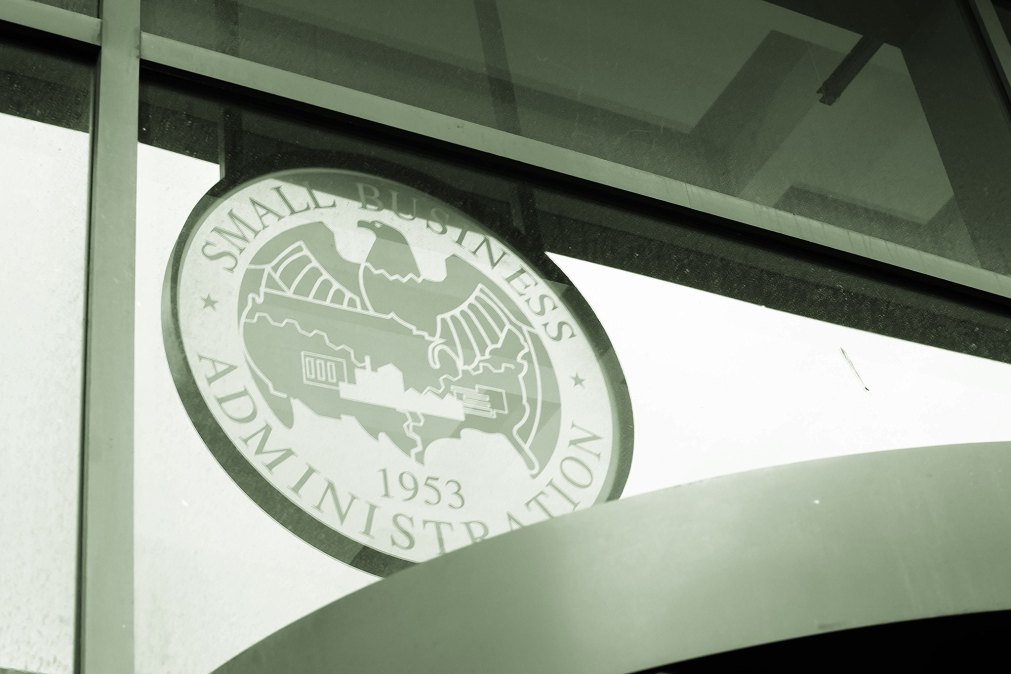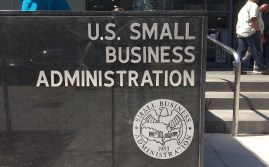SBA publishes new rule designed to help small federal contractors demonstrate prior experience

The Small Business Administration will provide small businesses with new ways to show past performance ratings to compete for prime federal contracts starting Aug. 22, 2022.
A new final rule, published Friday by SBA in the Federal Register, offers small businesses two extra methods to prove qualifying past performance: joint ventures, where they were members performing contract work, and prime contracts with subcontracting plans, where they were first-tier subcontractors.
The rule implements Section 868 of the National Defense Authorization Act of fiscal 2021 — aimed at making it easier for small business subcontractors to obtain the past performance ratings they need to compete for prime contracts — by letting them request ratings from contracting officers and prime contractors they’ve worked with previously. SBA proposed the rule Nov. 18 and received 15 public comments.
The General Services Administration drafted changes to its Polaris requests for proposals in May, after a pre-award bid protest over how it would assess the experience of offerers engaged in joint ventures.
“SBA believes that, by implementing this rule, the government will be able to attract new small business prime contractors,” read the agency’s comments. “This will enhance competition in government contracting and provide agencies with increased access to innovative products and services.”
Most commenters observed some prime solicitations required past performance as a prime contractor, with two commenters noting this limits the ability of Black- and Native-owned small businesses, in particular, to compete for contracts.
Commenters were divided on how long primes could take to respond to subcontractors’ requests for ratings, suggesting as few as 10 business days or as many as 30 calendar days. SBA stuck with the 15 calendar days it proposed.
“That period provides enough time for the prime contractor to prepare a response while still permitting the small business to respond to proposal deadlines,” SBA’s comments read. “With respect to reusing prior ratings, the rule permits the subcontractor to use the same rating for multiple proposals.”
The rule further removes timeliness restrictions on past performance ratings, leaving that up to agencies’ discretion, and gives subcontractors a minimum of 30 calendar days after a performance period’s completion to request ratings from primes that can be negotiated out. Subcontractors shouldn’t have to wait until their contract work is complete to request ratings, SBA found.
SBA holds that because the requirement to respond to subcontractors’ requests will be included in primes’ subcontracting plans, a failure to comply could lead to contract termination, withholding of award fees, lower past performance ratings for subcontracting, liquidated damages, and even debarment for “willful or repeated” cases.
“SBA is therefore adding to this final rule that subcontractors should notify the contracting officer in the event that the prime contractor fails to submit the requested rating within the rule’s prescribed timeframe,” SBA’s comments read.
The agency determined past performance evaluation factors should align with those of the Contractor Performance Assessment Reporting System (CPARS).
“The rule does not preclude the use of additional evaluation factors,” SBA’s comments read. “In response to the comments seeking a standardized rating format, SBA is adding to the final rule that the prime contractor shall use the five-scale rating system at [Federal Acquisition Regulation] 42.1503(b)(4): Exceptional, Very Good, Satisfactory, Marginal, and Unsatisfactory.”





